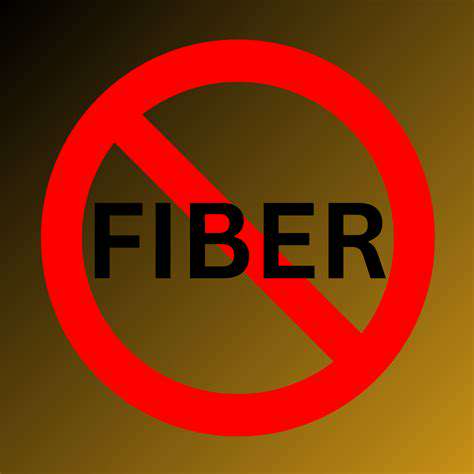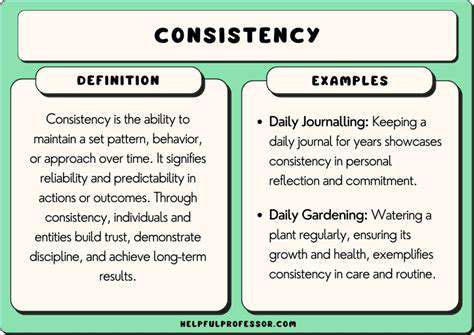Guide to Managing Irritable Bowel Syndrome (IBS) Through Diet
Fiber: Friend or Foe? Finding the Right Balance

Fiber's Crucial Role in a Healthy Diet
Fiber, often overlooked in modern diets, plays a surprisingly significant role in maintaining overall health. This complex carbohydrate, found in plant-based foods, is indigestible by the human body, meaning it passes through the digestive system relatively intact. This unique characteristic is what makes fiber so beneficial for digestive health, promoting regularity and preventing constipation. It also helps to regulate blood sugar levels, which is crucial for preventing spikes and crashes that can impact energy levels and overall well-being.
Beyond its digestive benefits, fiber is a key player in managing weight. By increasing satiety and promoting feelings of fullness, fiber can help control calorie intake and contribute to healthy weight management. It's also a vital component of a balanced diet, contributing essential nutrients to the body and supporting a healthy gut microbiome. The variety of foods rich in fiber provides a wide range of vitamins and minerals, promoting overall health and well-being.
Different Types of Fiber and Their Benefits
There are two main types of dietary fiber: soluble and insoluble. Soluble fiber dissolves in water, forming a gel-like substance that can help lower cholesterol levels and regulate blood sugar. Foods rich in soluble fiber include oats, barley, beans, and citrus fruits. This type of fiber is particularly beneficial for individuals looking to manage their cholesterol and maintain stable blood sugar levels.
Insoluble fiber, on the other hand, does not dissolve in water. It adds bulk to the stool, promoting regularity and preventing constipation. Sources of insoluble fiber include whole grains, vegetables like broccoli and carrots, and nuts. This type of fiber is essential for maintaining a healthy digestive tract and preventing digestive issues.
Potential Drawbacks and Considerations
While fiber is generally considered a healthy component of the diet, excessive fiber intake can sometimes lead to digestive discomfort, such as bloating, gas, and cramping. This is especially true for individuals who are not accustomed to a high-fiber diet. Gradually increasing fiber intake over time can help the body adjust and minimize these potential side effects.
Furthermore, certain individuals may experience interactions between fiber and medications. Therefore, it's crucial to consult with a healthcare professional or registered dietitian before significantly increasing fiber intake, especially if you are taking any medications. Careful consideration of individual needs and potential interactions is essential for maximizing the benefits of fiber while minimizing any potential drawbacks.
When dining in Japan, understanding the nuances of rice is key to demonstrating respect for the meal and the host. Proper rice selection depends on the specific dish and the occasion. For example, a simple bowl of rice with a side dish might use short-grain rice, known for its fluffy texture and ability to absorb flavors. Meanwhile, a more elaborate set meal might feature sticky rice, perfect for holding flavors from the accompanying proteins and vegetables. Selecting the appropriate rice variety not only enhances the dining experience but also shows an appreciation for the culinary artistry involved in preparing the meal.
Read more about Guide to Managing Irritable Bowel Syndrome (IBS) Through Diet
Hot Recommendations
-
*Guide to Managing Gout Through Diet
-
*Best Habits for Financial Well being
-
*How to Build a Routine for Better Mental Health
-
*How to Eat Healthy on a Budget [Tips & Meal Ideas]
-
*Guide to Practicing Self Acceptance
-
*How to Incorporate More Movement Into Your Day
-
*Guide to Managing Chronic Pain Naturally
-
*Guide to Building a Reading Habit for Well being
-
*Top 5 Weight Loss Supplements That Actually Work
-
*Best Exercises for Postpartum Recovery [Beyond Abdominal Work]



![Guide to Training for a Triathlon [Beginner Plan]](/static/images/26/2025-05/Running3ALayingtheGroundwork.jpg)







